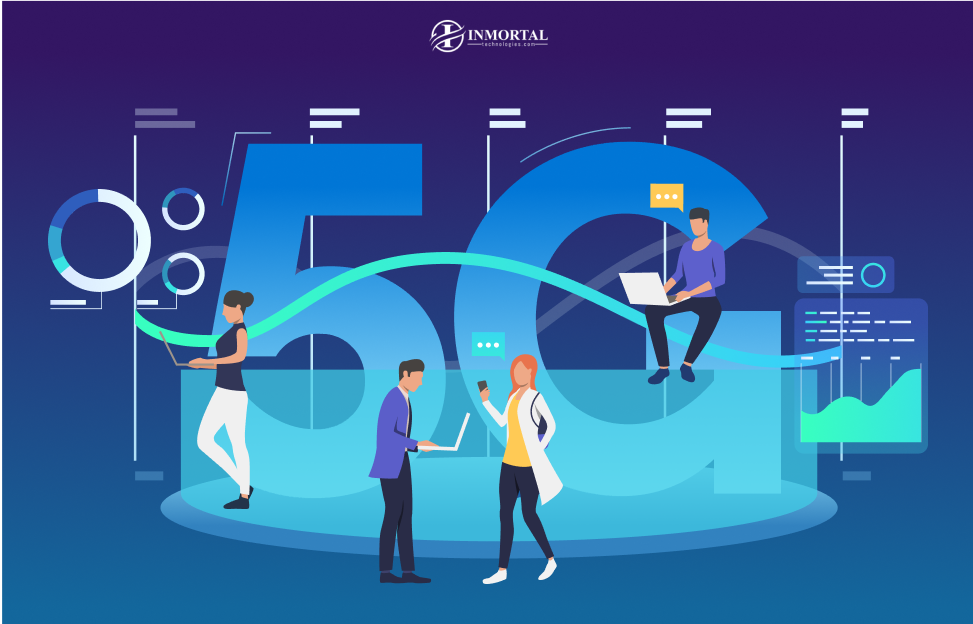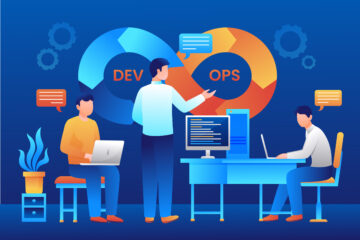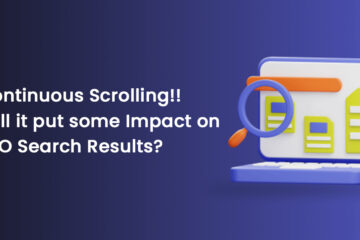Any plans for integrating 5G tech into your software solutions in 2024?
Embracing the Future: Integrating 5G Technology into Software Solutions in 2024
In the ever-evolving landscape of technology, staying at the forefront of innovation is not just an option; it’s a necessity. As we step into 2024, the integration of 5G technology into software solutions emerges as a pivotal trend that promises to reshape the way we experience and interact with digital applications. In this exploration, we delve into the significance, challenges, and potential benefits of incorporating 5G technology into software development strategies.
Understanding the 5G Revolution:
5G, the fifth generation of wireless technology, represents a leap forward in terms of speed, connectivity, and reliability. With significantly faster data transfer rates and lower latency compared to its predecessors, 5G opens doors to a multitude of possibilities across various industries. The realms of healthcare, education, entertainment, and, notably, software development are poised for transformative changes.
The Impact on Software Solutions:
As the world becomes more interconnected, software applications are expected to deliver not only enhanced performance but also new and immersive experiences. The integration of 5G technology into software solutions brings forth several key considerations and opportunities for development teams.
1. Lightning-Fast Speeds:
One of the primary advantages of 5G is its ability to deliver unprecedented data speeds. For software applications, this translates into lightning-fast download and upload speeds, significantly reducing latency. Whether it’s loading graphics-heavy content, streaming high-definition videos, or accessing cloud-based resources, users can expect a seamless and instantaneous experience.
2. Enhanced Connectivity:
5G’s ability to connect a massive number of devices simultaneously without compromising performance is a game-changer. Software applications can leverage this enhanced connectivity to facilitate real-time collaboration, IoT (Internet of Things) integration, and synchronized interactions across devices. From smart homes to enterprise-level solutions, the potential applications are vast.
3. Improved Mobile App Experiences:
For mobile app developers, the integration of 5G opens up new avenues for creating richer and more immersive experiences. Apps that rely on high-quality graphics, augmented reality (AR), and virtual reality (VR) can now operate seamlessly without the constraints of lag or buffering, offering users a more engaging and dynamic interaction.
4. Edge Computing Capabilities:
5G enables edge computing, bringing processing power closer to the user or device. This decentralized approach reduces latency and enhances the speed at which data is processed. Software solutions can leverage edge computing for tasks that require real-time responses, such as gaming, video streaming, and critical data analysis.
5. Transformative Opportunities for Industry Verticals:
Beyond the realm of traditional software applications, the integration of 5G holds transformative potential for various industry verticals. Healthcare can benefit from real-time telemedicine and remote patient monitoring, while autonomous vehicles can leverage low-latency communication for safer navigation. The potential for innovation extends to smart cities, manufacturing, and logistics, creating a more connected and efficient world.
Challenges and Considerations:
While the promises of 5G are substantial, its integration into software solutions comes with its set of challenges and considerations. It’s essential for software development teams to address these factors to harness the full potential of 5G technology.
1. Infrastructure Readiness:
The successful implementation of 5G relies heavily on the availability of a robust and widespread infrastructure. Software developers need to consider the geographical reach of 5G networks and ensure that their applications can deliver optimal performance across various regions.
2. Security Concerns:
With increased connectivity comes an amplified need for robust cybersecurity measures. As software solutions become more interconnected through 5G, developers must prioritize security protocols to safeguard sensitive data and protect against potential cyber threats.
3. Compatibility Across Devices:
While 5G is becoming increasingly prevalent, a diverse range of devices with varying capabilities still exists in the market. Ensuring that software applications remain compatible and perform optimally across different devices is crucial for a seamless user experience.
4. User Privacy:
The speed and efficiency of 5G technology can result in the rapid exchange of data. Developers must prioritize user privacy by implementing stringent data protection measures, obtaining necessary consents, and adhering to relevant privacy regulations.
5. Integration Costs:
Adopting 5G technology may involve significant upfront costs, especially for smaller development teams or businesses. A careful cost-benefit analysis is essential to determine the feasibility and potential return on investment associated with integrating 5G into software solutions.
The Road Ahead:
As the world embraces the 5G revolution, software development teams stand at the forefront of innovation. The integration of 5G technology into software solutions opens up new possibilities for creating immersive, responsive, and interconnected applications. However, success in this endeavor requires a strategic approach that addresses challenges and maximizes the benefits of this transformative technology.
Integrating 5G technology into software solutions in 2024 is not just a technological upgrade; it’s a strategic move towards a future where connectivity knows no bounds. The potential for redefining user experiences, enabling real-time collaboration, and unlocking innovative applications is vast. Software development teams that embrace the opportunities presented by 5G will not only stay ahead of the curve but also contribute to shaping a digitally connected and dynamic world.





0 Comments